Prototyping the Future Automotive Cloud

Short to the story
In this age of customer-centered problem-solving, businesses in the automotive industry need a solid IT infrastructure to manage connected vehicles and run in-car services. The challenge can be solved by using the cloud, especially when it comes with a runtime platform and an Internet-of-Things service. Our client, a renowned car manufacturer, organized a group-wide Proof-of-Concept (PoC) to prototype various scenarios within its digital ecosystem with the help of different partners, including Grape Up.
Challenge
Providing a seamless customer experience in the fast-changing automotive industry
As the automotive industry is rapidly changing, businesses within the sector rely on the Cloud and IoT to revolutionize their practices and implement customer-facing services. Our client has been designing supporting technologies for their vehicles throughout the years. Still, to redesign the in-car software architecture, they needed to build a space where all apps and services could be integrated and connected.
To create a unique customer experience, the company used a digital representation of the car stored in the cloud – a Digital Twin. A Digital Twin can capture the behavioral and operational data of the vehicle and provide near real-time data to analyze the overall vehicle performance, delivering personalized service for customers.
Developing a unified platform connecting all the cars within the larger manufacturing group was particularly challenging. Over the years, the group has implemented different technologies and solutions to support software component communication between vehicles and the cloud. However, having many technologies deployed in the cars complicates integrating third-party and in-house developed services, increases the complexity of the cloud-integrated vehicle system, and negatively affects its performance.
Radically standardizing the software interfaces using a common platform and ensuring that software can be updated or upgraded over its whole lifecycle is a revolutionary step in the automotive industry.
Approach
Developing the crucial parts of the project using advanced experience in cloud technologies
Grape Up has developed the gateway component that communicates with a car using provided connected car solutions, regardless of which specific software is operated by a single vehicle. This solution enables service providers to deliver new apps faster.
Grape Up also delivered an element of the Digital Twin concept that allows gathering data and transferring it to a car through the cloud. It aims to solve complicated use cases and take advantage of the collected information to improve the customer experience. An original language (based on GraphQL and the RSI protocol) was developed to empower customers to query specific information available on the platform.
The Grape Up team has a lot of experience building and running applications in the cloud, focusing on both AWS and OSS Cloud Foundry. The latter platform was chosen for the project as the most flexible and time-efficient solution.
Goal
Creating a robust, scalable system that can handle thousands to millions of cars and connect them to one unified platform.
Designing the integration into an automotive cloud platform based on IoT components where users can easily connect with third-party apps and third-party service providers can seamlessly communicate with a car.
Equipping cars with service-oriented architecture and testing the possibilities and limits of a new communication paradigm between vehicles and the cloud.
Validating the concept of swapping the underlying connectivity infrastructure without changing the software components in the vehicle or the backend.
Validating the Digital Twin concept for complex scenarios, including synchronization of the state between a car and the cloud in both online and offline modes.
Outcome
A platform that enables the development of new services and connects vehicles, users, and in-car software providers for a better customer experience
After completing the initial phase and documenting experiences covering technologies and concepts verified through the project, the collaboration focused on implementing a market-ready solution based on a unified API and communication platforms delivered by chosen providers.
The prototyped automotive cloud provides a stable environment for developing applications, features, and services. The client can verify various communication patterns between cars and the cloud using the new platform. The implemented unified API concept enables its customers to communicate with their vehicles through the cloud at the same quality level as when they use direct connections, for example, Wi-Fi. The unified API works well with the Digital Twin concept, simplifying vehicle communication.
As a result, our client has accelerated the release pace and sped up a feedback loop, allowing new ideas to be developed faster. In addition, building the platform opened up the possibility of developing and deploying new functionality in the car and the backend simultaneously or independently.
Let’s collaborate on your project
Don’t hesitate to tell us what kind of help you need
Browse the portfolio of our projects to see more success stories
Discover our case studies and find out what we do
see examples

Enabling Improved Service Delivery And Operational Efficiency by Providing 24/7 Support
Telecommunications
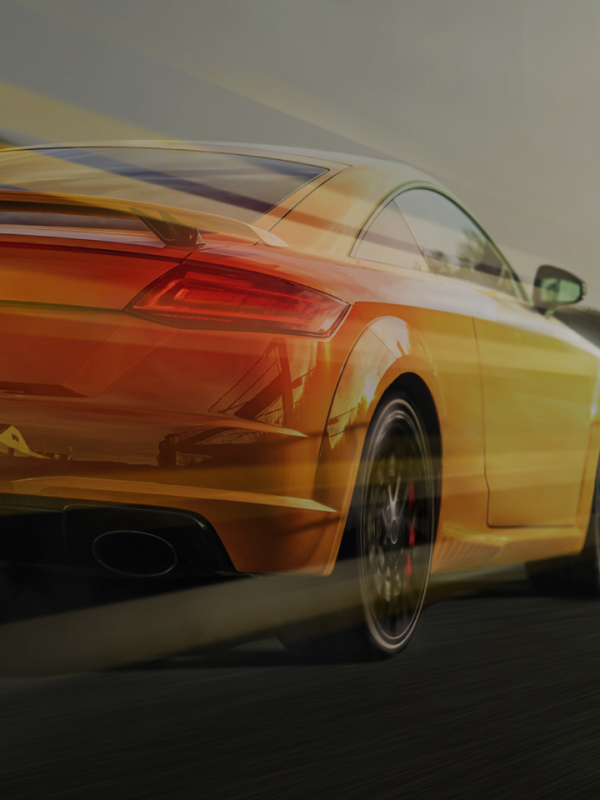
Connected Car Initiative: Revolutionizing Telematics through Consulting, Development, and Agile Transformation
Automotive

Designing AI and ML Deployment Platform to Accelerate the Implementation of AI-powered Software
Automotive
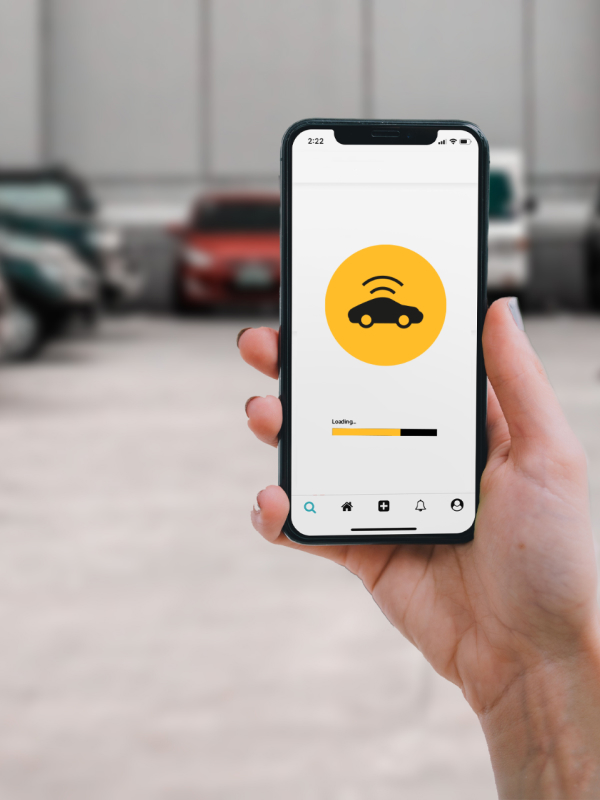
Building a Touchless Platform to Improve Customer Experience And Unlock New Revenue Streams
Automotive

Delivering Customer-Friendly Mobile App to Enable Data-Driven Business Development
Insurance

Upskilling the Development Team to Provide Reusable And Scalable Applications
Insurance

Accelerating Software Delivery and Reducing Costs
Government
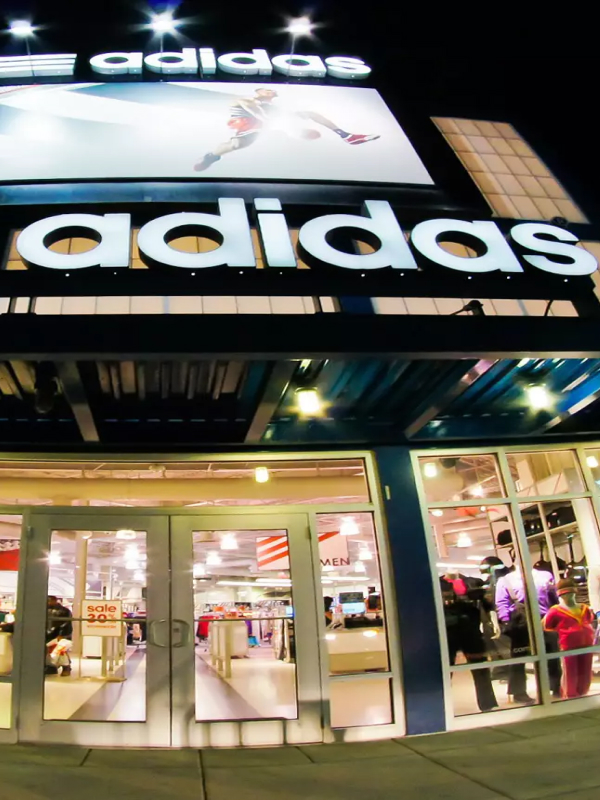
Developing a Global Cloud Platform Enabling Data-Driven Decision Making
Retail
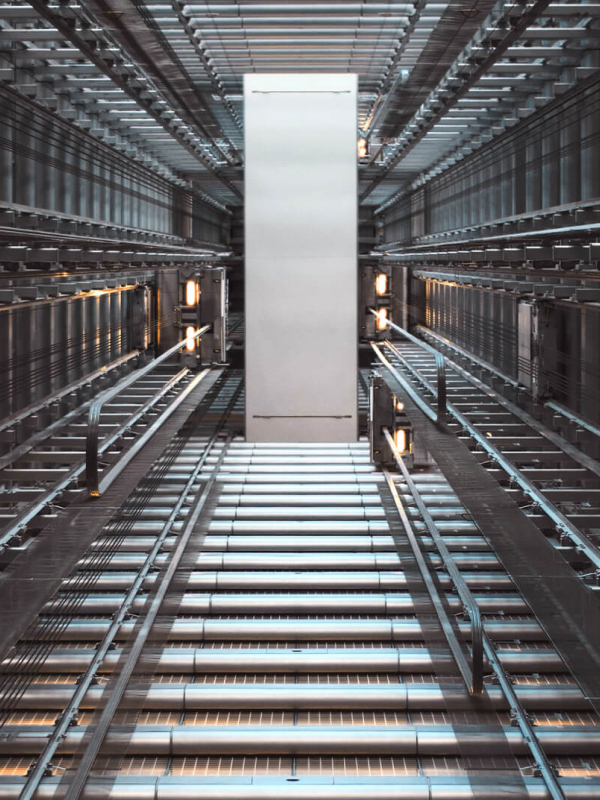
Rebuilding a Software Product to Deliver Exceptional User Experience
Computer Software / IT Services

Building a Scalable Fast Data Platform to Expand Digital Financial Services
Banking
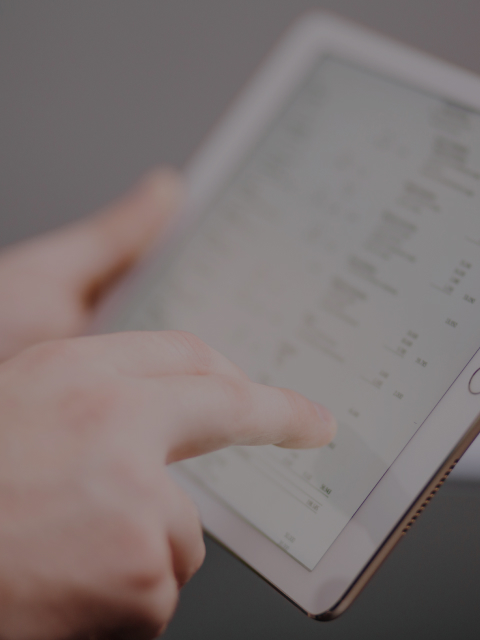
Transforming Legacy Systems in The Real Estate Sector
Real estate

Creating a Data Management Solution for a Sports Car Manufacturer
Automotive

Increasing Operational Availability with a Cutting-edge Offer Management System
Automotive

Seamless Integration of Modern Payment Solutions Tailored to the Client’s Needs
Automotive
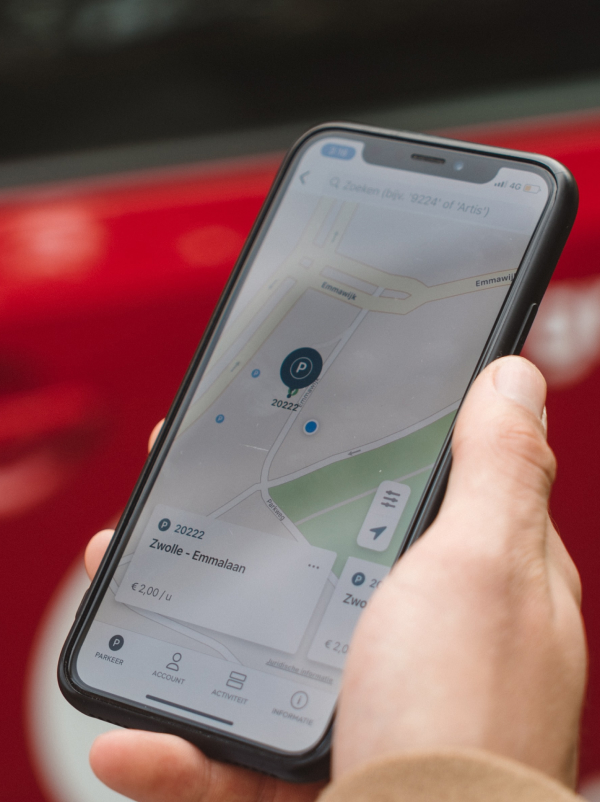
Transforming Car Rental Management with Real-Time Telematics Data
Automotive